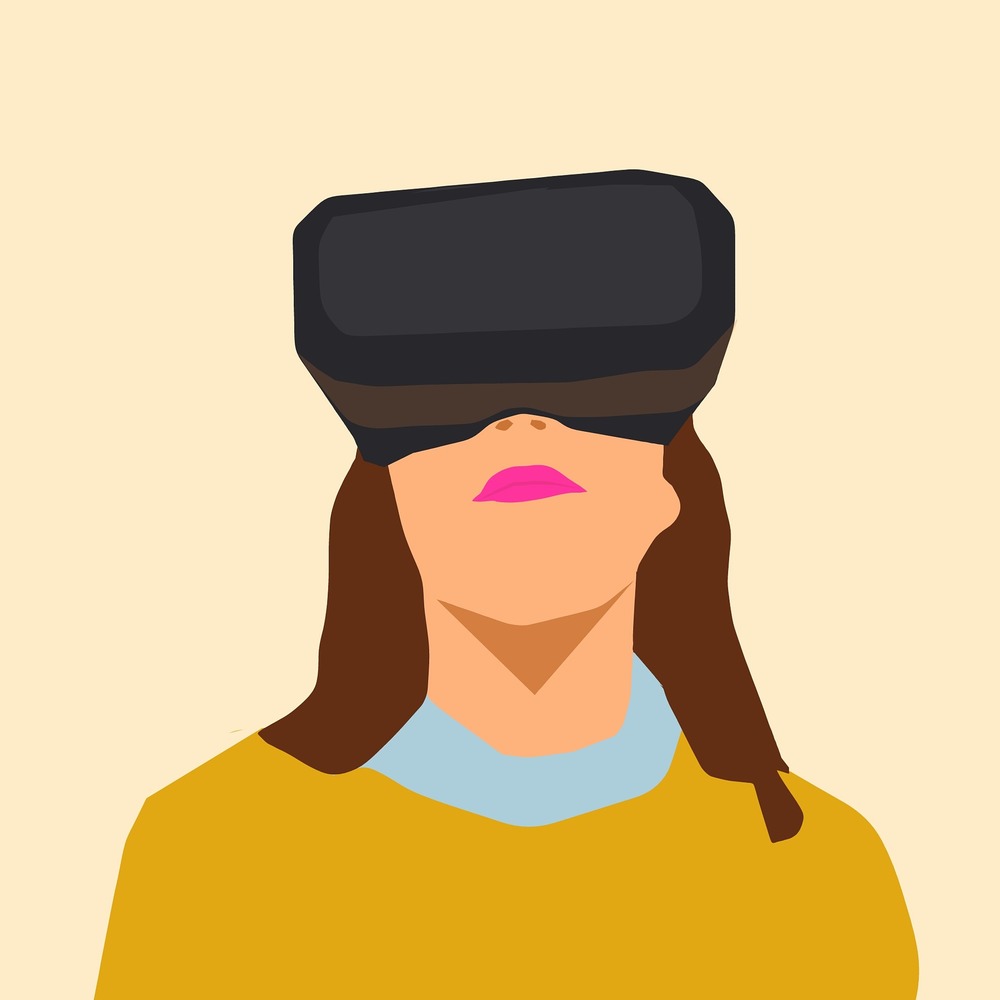This article is part of a blog series on the Virtual Design and Construction (VDC) world and what we can expect it to bring to the construction industry
Firms in the construction industry that want to stay competitive, in a rapidly changing environment, need to be aware of how immersive technologies are changing the way we do business, so their employees are more efficient and effective.
Immersive technologies help identify and resolve potential design issues, pinpoint risks, and visualize not-yet-built assets from a 3D drawing before, during, and after the construction phase, saving time and money.
Up until now, hardware was limiting the use of immersive technologies in the construction industry. Apple Vision Pro will launch soon, it will seamlessly blend digital content with the physical space, opening up a lot of opportunities, as described below. Apple Vision Pro will be released in the US in Q1 of 2024 and is expected to arrive in other countries soon after.
Immersive technologies, combined with BIM software, are able to simulate or supplement the physical world in a virtual environment. The technologies are:
We are used to blueprints, 2D renderings, and scale models to visualize a design but they cannot give the same experience provided by immersive technologies.
VR is mainly used in the design and construction phases by architects to intuitively replicate the experience of a building design, for all stakeholders on a construction project, including the clients.
You can see what a building will look like and how it would feel to be in it.
AR is finding a role in construction as it allows you to map digital construction and superimpose it onto the physical world.
MR is in its infancy but will develop quickly once the Apple hardware is available. MR is very similar to AR, but is aware of the physical surroundings of the user.
In AEC, the technology is still in its infancy. It allows professionals to:
The improvement in the accessibility of VR tools and applications integrated into BIM has a lot of potential but its adoption is slow.
A few barriers have to be removed from both the technology and management perspectives. The main hurdles are communication and collaboration at an early stage of a construction project between the various teams:
VR and AR can provide additional capabilities for Virtual Design and Construction (VDC) to improve and streamline processes using:
Extended reality (XR) can provide an immersive and interactive experience with a new and different kind of visualization.
Various immersive technologies have:

With AR apps you can visualize and describe the outside world:
You can then easily make changes before, during, and after the project. For example, floor plans designed in BIM and interfacing with AR applications have been in use since 2016.
Increased demand for building efficiency, and pressure on architects and designers to identify issues early, justify the use of VR to review your designs.
A BIM model uploaded in immersive VR headsets, helps architects and designers to get a sense of space before the building physically exists, helping them to spot errors early and construct better quality buildings.
VR also allows you to make a more compelling case when bidding for a new project, taking all stakeholders on a virtual tour of the future space.

BIM combined with immersive technology can help you to have an interactive model of a construction project to show to clients from the outset so you will be in alignment with your client's requirements.
Immersive technology helps users to access and visualize. For example, you can increase your productivity with HoloLens by displaying the physical dimensions of space, including them in BIM for accurate visualization, and improving the quality by reducing the cost of the construction process.
AR/VR technology can streamline efficiency and improve team collaboration during a project. AR and VR models can now be rapidly and easily shared across the team, regardless of location.
For instance, you can view 3D models of physical environments on your smartphone or tablet and optimize BIM models by getting data from IoT sensors in real time.
BIM drawings associated with immersive technologies allow users to tour their new facility even before the ground has been broken, seeing how they can fit on the construction site.
It allows project managers to visualize how everything fits together, on-site, and to scale before they order materials or calculate the work required for installation.
On-site revision allows architectural discrepancies to be detected. High costs and delays can be avoided by promptly adapting to the changes.
Staff can familiarize themselves with the controls and operations of heavy machinery in a safe environment.
Luffing Tower Crane created a training simulator for crane operators. This method of direct learning:
Immersive technology helps:
Real-time collaboration between field workers and remote experts without a site visit will:
Immersive technology allows you to:
For instance, you can provide design reviews and create markups more efficiently with professionals working on projects remotely.
Using immersive technology for project modifications, any operator can display the interior and exterior views of a structure and make modifications to the virtual plans without modifying the original drawing.
This is very valuable for engineers to:
Using immersive technology with your client to experience buildings before construction, will ensure that you are meeting the client's requirements. During the construction, the work process can be reviewed and correct error will speed up the sales process.
For example, attract future prospects by showing them the property in VR, so they can get a feel for it before the construction is done.
#### Prevent Labor Shortage
Incorporating immersive technologies into training and real-world construction work will give a techy image to the construction industry and attract young people you would normally find in high-tech fields.
A VR simulation can reduce the number of accidents by demonstrating dangerous circumstances in a safe environment. By raising employee awareness, and giving them the opportunity to learn how to act safely and confidently, lives can be saved.
Augmented and mixed reality can help avoid human errors that cost money. Low-qualified staff can, in the virtual environment, rehearse how to perform any task, safely and in the correct way, reducing the number of potential mistakes in real-world situations.
A digital model of a building design is made of:
Navigating and visualizing these structures on a computer, even in 3D, does not allow construction professionals to appreciate the spatial environment. With AR applications you can superimpose images from CAD or BIM programs onto the existing environment, creating a blended augmented image. You can then:
Using VR and AR you can walk your clients around the neighborhood and see what the construction looks like before it is built, so they can tell you if they would want something to be changed before you start building, avoiding unnecessary waste and costly reworks.
Some company owners still hesitate to implement immersive technologies despite the fact that the newest AR/VR technologies can cut building costs by up to 90% and save the construction industry up to $15.8 billion through preventing mistakes caused by insufficient or inaccurate data.

Immersive technologies have a lot of potential but are not widely adopted yet. Let's see what their benefits and challenges are.
Introducing immersive technology takes BIM to the next level. People can walk around a building that has yet to be built. It provides:
As in all business situations, benefits are associated with some limitations. In the case of immersive technologies, you should consider the following challenges:
These pitfalls may prevent you from investing in the technology. Fortunately, the open-source mobile toolkit cost is decreasing, allowing small-to-medium businesses to get a reasonable Return on Investment (ROI).

Immersive technology is still not well spread in the construction industry but is seen as having a lot of potential to:
Driving Vision's technology diagnostic looks at the best way to incorporate new technology into your workflows and how to move your organization to the use of immersive technology so you can open up new possibilities for your daily planning tasks.
The technology appraisal report will help you to explore what investment is required to improve your projects’ productivity and collaboration as well as the ROI you can expect.
Implementing BIM can be daunting, but Driving Vision is here to help you at the pace you are comfortable with. Get started by getting in touch now
We simplify the difficult and automate the mundane for an affordable fee
We become your BIM coordinator & Tech support for an affordable fee
We give you access to our CAD licenses for an affordable fee
We introduce you to our cloud technology and proprietary immersive technology for an affordable fee
